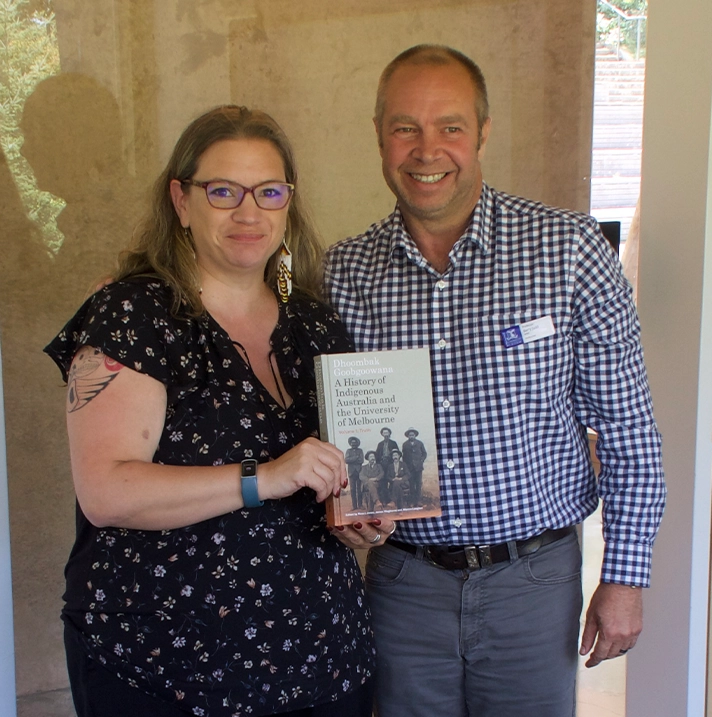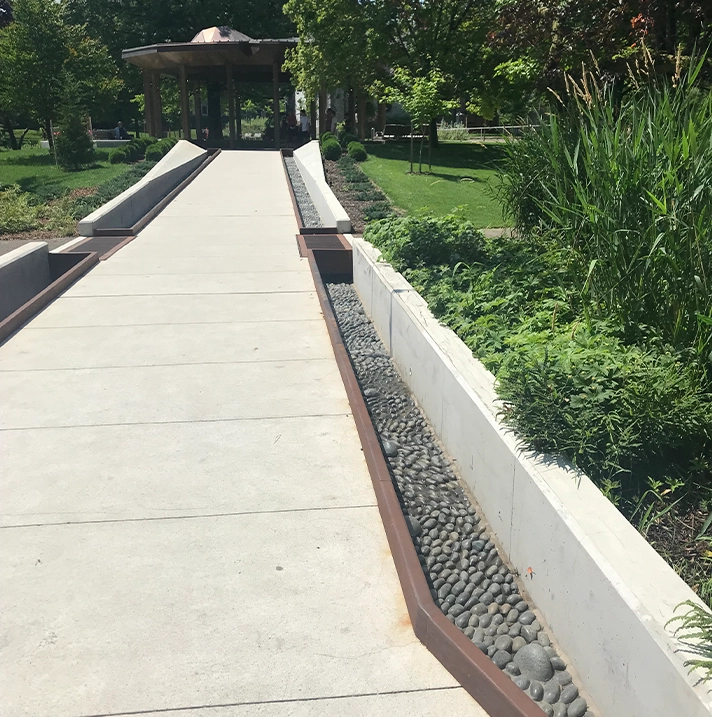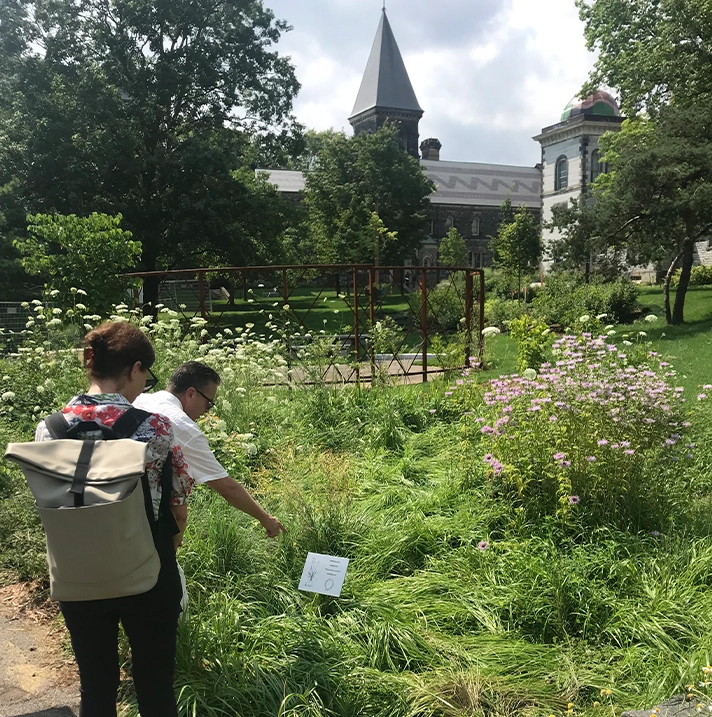
What Canada can teach us about truth-telling and justice
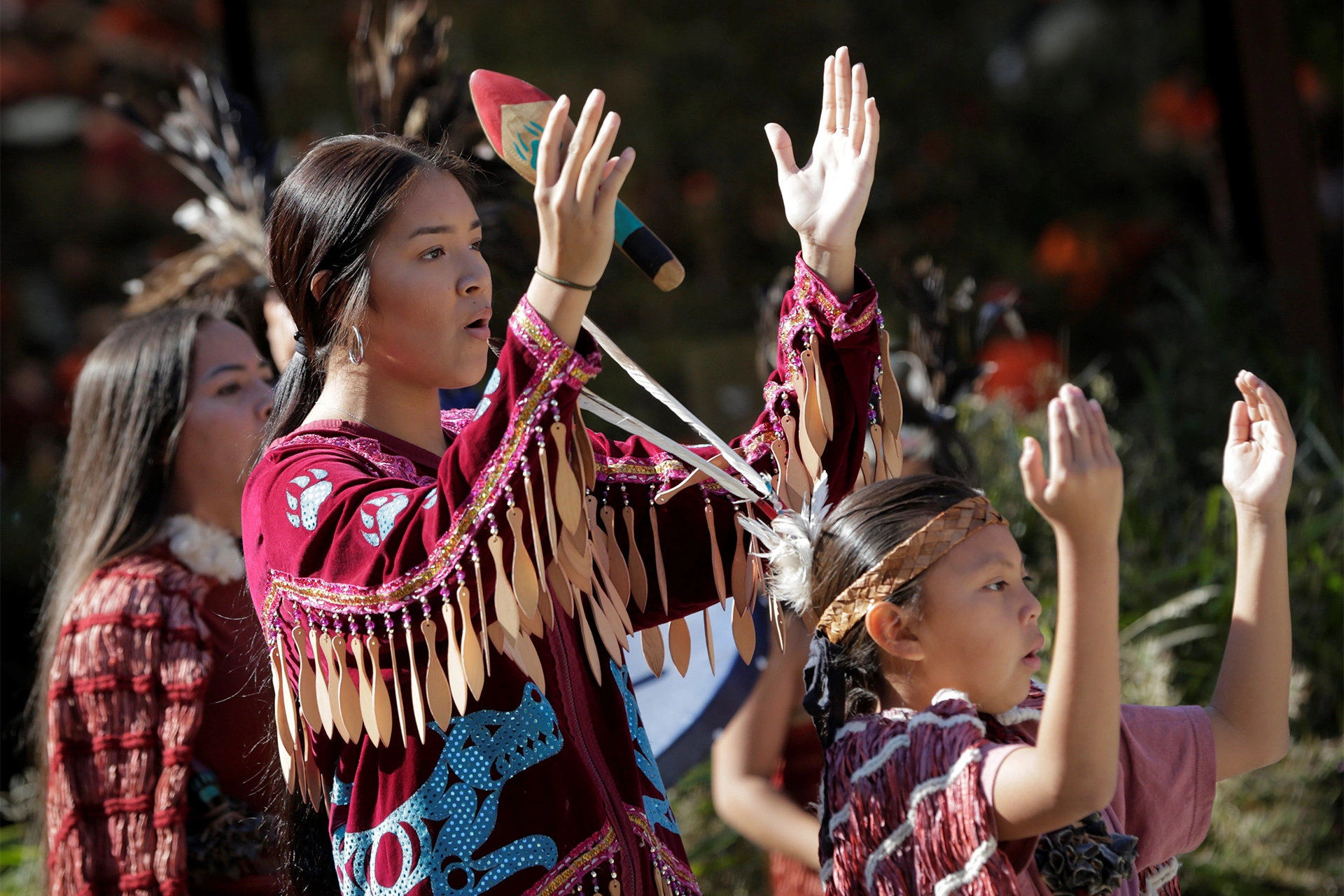
Australian and Canadian universities are learning from each other as they reckon with their colonial pasts
Published 21 October 2024
“An education system in name only.” This is how the Truth and Reconciliation Commission of Canada described the Residential School System in its 2015 concluding report, following an eight-year investigation.
The Commission was formed in 2008 with a mandate to educate all Canadians about the system of residential schooling for Indigenous children run by the State and the Church from the 1830s to the 1990s.
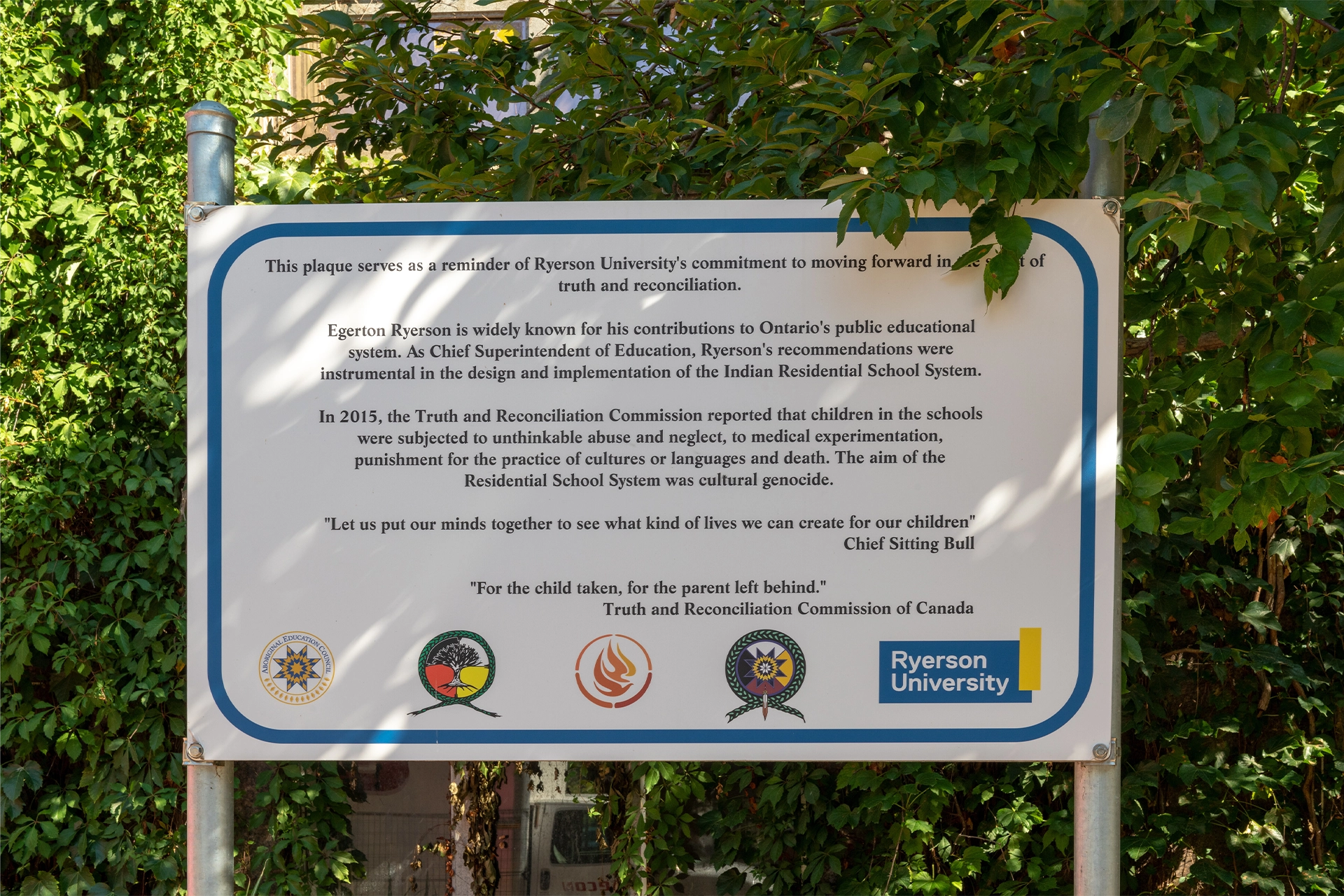
The findings of the Commission, drawn from witness statements gathered from First Nations, Métis and Inuit survivors and their families, resulted in 94 Calls to Action spanning all sectors of Canadian society.
Universities across Canada have responded to these calls to action.
The University of Toronto has established the Office for Indigenous Initiatives to coordinate their response. The Office has implemented the Indigenous Tuition Initiative, a fees-free pathway into the University for First Nations students. The University has also created a dedicated Indigenous space on campus, called Ziibiing.
Named using the Anishinaabemowin word for river, Ziibiing is a landscaped garden and ceremonial ground that marks the path of Taddle Creek, a buried stream running under the University.

In Vancouver, one of the key pillars of the University of British Columbia’s (UBC) response is the Indian Residential School History and Dialogue Centre (IRSHDC).
Established as part of the National Centre for Truth and Reconciliation, the Centre houses an archive of materials and testimony collected by the Commission from Indigenous people across the West-Coast region.
Truth-telling and justice at universities
The Centre at UBC offers important insights into how universities worldwide, including the University of Melbourne, can participate meaningfully in local, regional and national truth-telling efforts.
Following the launch of Dhoombak Goobgoowana: A History of Indigenous Australia and the University of Melbourne earlier this year, the Vice-Chancellor restated the University’s commitment to creating a ‘Truth and Dialogue Centre’. This commitment to an ongoing process of truth-telling, justice and transformation is one of five priority areas in Murmuk Djerring, the current Indigenous strategy.
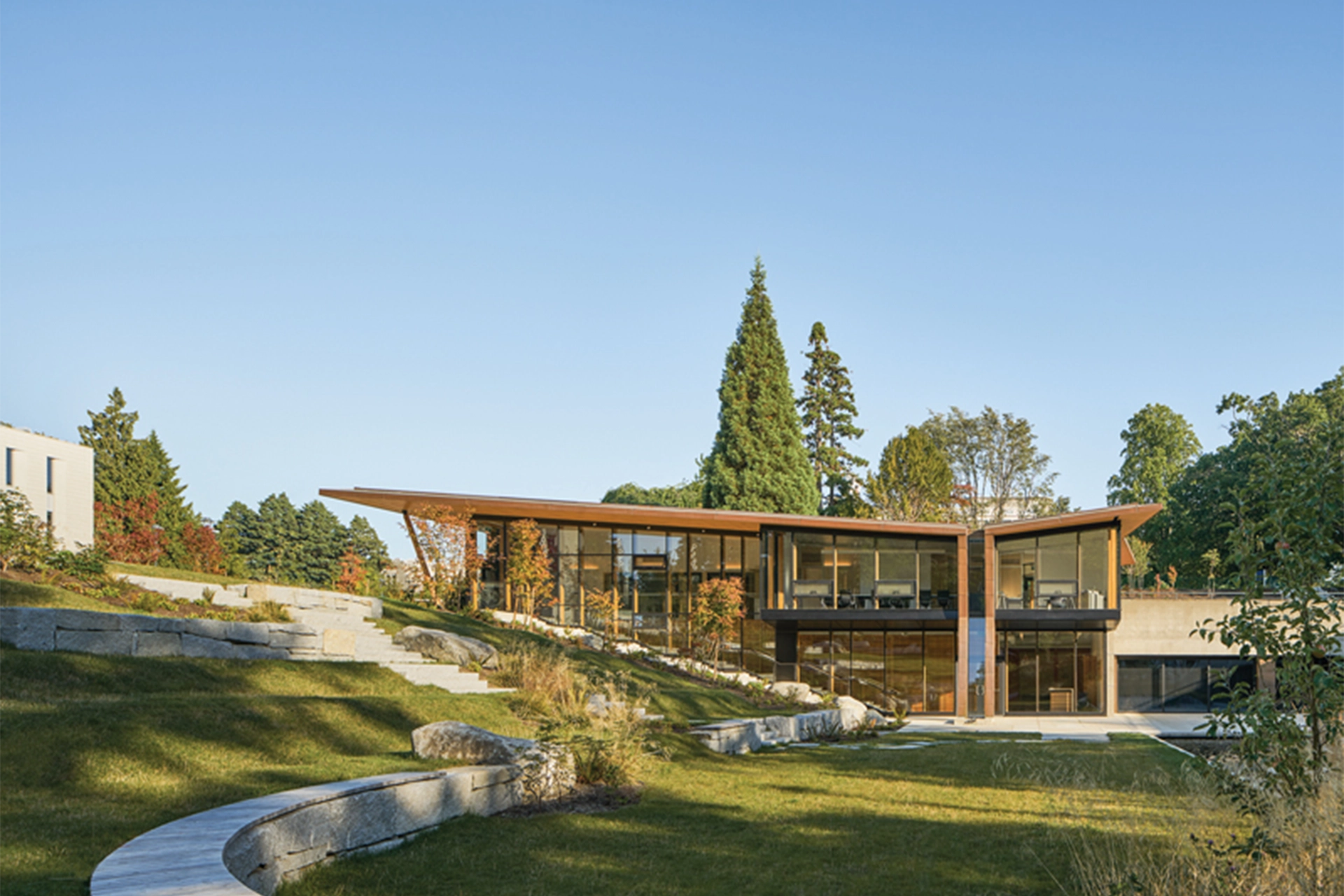
As the first university in Australia to undertake truth-telling about its historic relationship with First Peoples on this scale, we recognise there are no easy answers.
Embarking on this significant initiative requires careful consideration of the role of universities in truth-telling and justice.
What functions could be carried out by a ‘Truth and Dialogue Centre’? How will the Centre manage this highly sensitive work, and potential issues of colonial load? What is the role of the University amongst the broader truth and justice movement, locally and internationally?
History and dialogue
Today, the Centre at UBC is a hub for Indigenous communities to access the commission’s records and to record testimony about their experiences of residential schooling and other damaging colonial policies.

It is also a place for non-Indigenous people to learn about this history. This important and highly sensitive work is led by Executive Director, Kristin Kozar (Hwlitsum First Nation) and interim Research Director, Dr Tricia Logan (Métis), whose expertise and leadership cultivates an ethic of care and compassion amongst and between the Centre’s staff and the communities they serve.
This ethic of care is reflected in the design of the new building.
Opened in 2018 and designed by the first Indigenous graduate of UBC’s architecture program, Alfred Waugh, the building emphasises themes of memory and social dialogue through the choice of materials, motifs and symbolic elements. This includes floor-to-ceiling windows that work to shine light on the heavy, emotional work that the Centre undertakes.
The same careful thought has also been given to the digital environment that supports the work of the Centre, allowing Traditional Owners and communities of origin to access the archive on their Country.
This has required a rigorous approach to Indigenous Data Sovereignty, access protocols, and a bespoke content management system. The Centre also includes a novel way for visitors to engage with this history – a digital wall that provides access to the IRSHDC records through various pathways like an interactive timeline and map.
The Centre’s success lies in the combination of these key elements – expert Indigenous leadership, a welcoming built environment, and robust digital infrastructure and Indigenous data governance. Together they build trust with the Indigenous communities the Centre serves.
1 / 4
History in action
While we look to learn from Canadian universities, they are equally interested in the truth and justice activities happening here in Australia.
Dhoombak Goobgoowana has set a high-water mark for research about universities and their relations with First Peoples. Our colleagues at UBC are planning to use this book to inform a new research project on their institution that may ultimately lead to reparations for descendant communities.
Dhoombak Goobgoowana has also inspired change at the Museum of Anthropology at UBC, which includes a collection of Aboriginal and Torres Strait Islander cultural material.
Currently, the collection display cites only the academic text, ‘The Native Tribes of Central Australia’ by Walter Baldwin Spencer, who was Professor of Biology at the University of Melbourne from 1887-1919.

Discussion & Debate
“It is a clarion call to action”
The cover of Dhoombak Goobgoowana features Spencer alongside two Arrernte men, Erlikilyika and Purunda. The book explains that these men were the knowledge holders whose work made Spencer’s expedition and scholarship possible, work that has so far gone unrecognised.
Thanks to this book, the museum is now aware of the impact of these Arrente men and the story of Erlikilyika and Purunda can be added to the display.
Moving forward
As an independent, scholarly work, Dhoombak Goobgoowana makes no recommendations for reparative activity. But its publication compels us to continue the work of unearthing and confronting long-buried truths.
Universities in Canada and Australia are tied together by a similar history. Like Taddle Creek in Toronto, the University of Melbourne’s Parkville campus is also part of a water story with the buried Bouverie Creek, a story embraced in recent years through the design narrative for the student precinct.
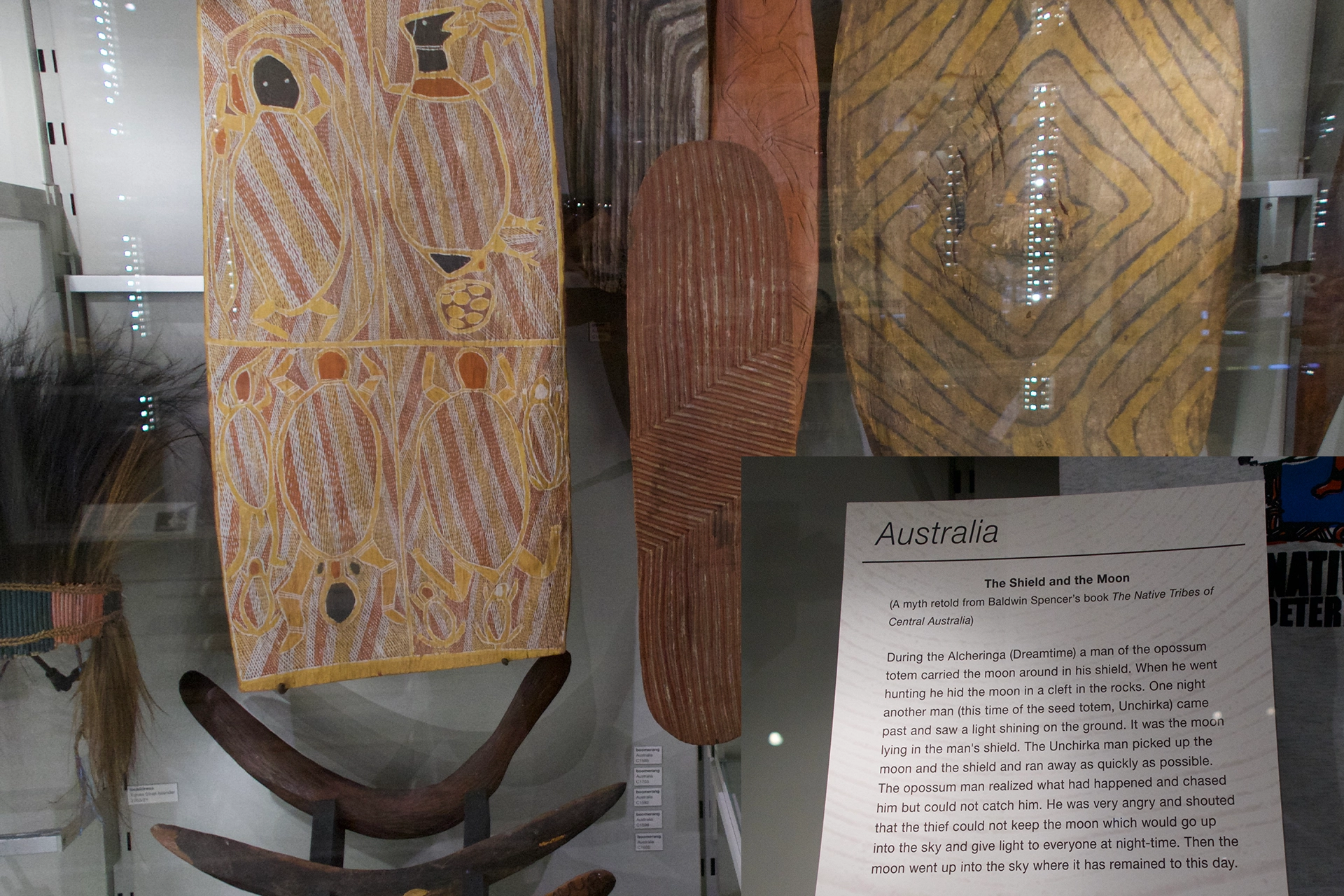
Universities have much to learn from each other as they reckon with their colonial past.
The Indian Residential School History and Dialogue Centre at UBC provides critical insights into the careful, community-oriented work required to progress truth-telling at a university.
The Canadian experience reinforces that truth-telling and justice initiatives are inherently about establishing trust and resetting relations with First Peoples. This requires expert Indigenous leadership, a welcoming physical environment, a commitment to Indigenous Data Sovereignty and accessible digital environments.
These ideas will inform the design of the University of Melbourne’s ‘Truth and Dialogue Centre’, and the University’s Truth and Justice initiative more broadly.
The banner image shows members of Coastal Wolf Pack performing at UBC’s Orange Shirt Day Intergenerational March, 30 September 2022.


